Garden Designer
Why Hiring a Professional Garden Designer Transforms Your Outdoor Space
The difference between a pleasant garden and a stunning, functional outdoor sanctuary often comes down to one key factor: professional expertise. A skilled garden designer can turn even the smallest plot into a beautiful retreat that perfectly reflects your lifestyle whilst adding significant value to your property. At Landesigns, we’ve witnessed countless transformations where the right design approach has completely revolutionised how homeowners experience their outdoor spaces.
Your garden represents so much more than just plants and paths. It’s an extension of your home, a place for relaxation, entertainment, and connection with nature. Yet many homeowners struggle to unlock their garden’s true potential, often feeling overwhelmed by plant choices, design decisions, and maintenance requirements. The process of garden design is complex, involving much more than simply selecting plants—it requires careful planning, technical drawings, and coordination of multiple elements to achieve a cohesive result.
Professional garden design addresses these challenges by combining creative vision with practical expertise. The result? An outdoor space that not only looks spectacular but functions beautifully for years to come. Whether you’re starting from scratch or refreshing an existing garden, working with a garden designer ensures every element serves a purpose whilst contributing to the overall aesthetic. Garden designers build their career on a foundation of horticultural knowledge, design skills, and project management, allowing them to navigate the complexities of transforming outdoor spaces.
The investment in professional garden design pays dividends through increased property value, reduced maintenance requirements, and most importantly, a space you’ll genuinely love spending time in. Let’s explore how the right garden designer can transform your outdoor vision into reality.
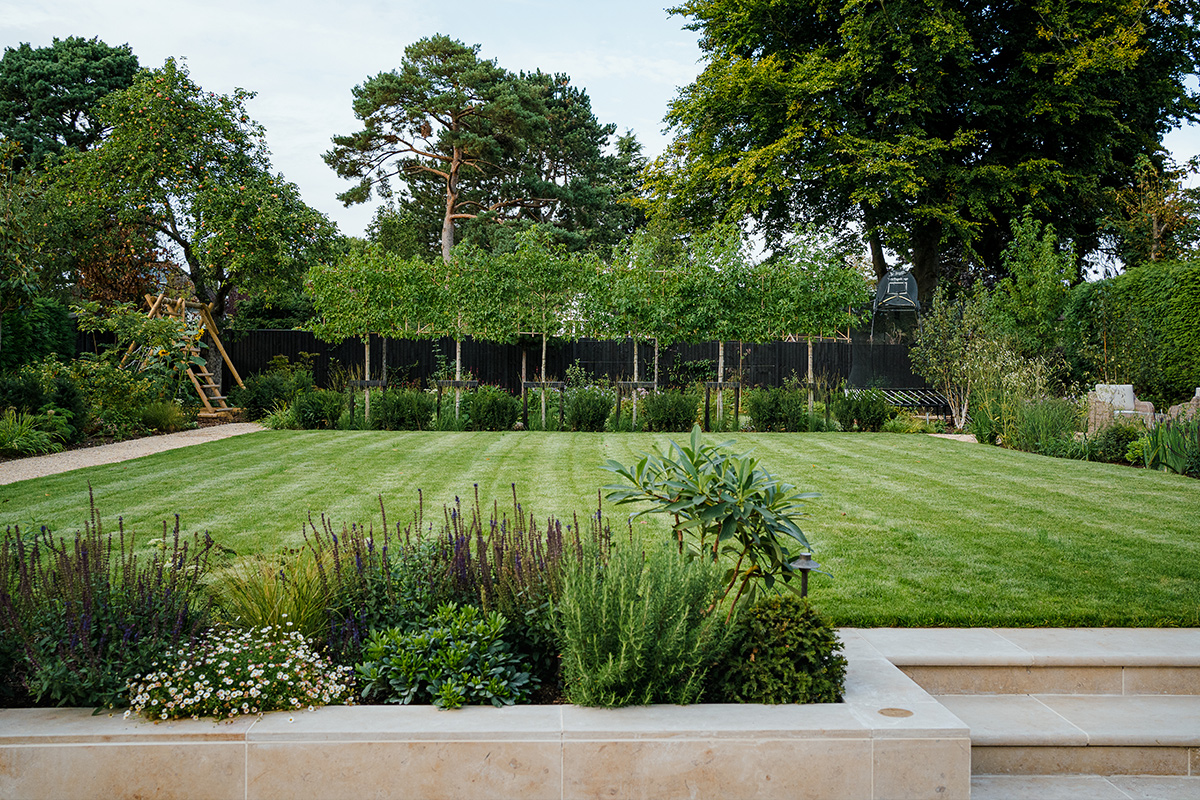
Introduction to Garden Design
Garden design is both an art and a science, dedicated to creating outdoor spaces that are as beautiful as they are functional. At its core, garden design is about developing a garden plan that reflects the unique style, taste, and vision of each client. Garden designers draw on their expertise to blend hard landscaping elements—such as patios, pathways, and garden furniture—with carefully selected plants, resulting in a harmonious space that enhances daily life.
Whether you’re inspired by the sleek lines of a modern garden or the timeless charm of a traditional English landscape, garden design offers endless possibilities. The process involves considering every detail, from the choice of materials and planting schemes to the overall layout and flow. Today, garden design software and online tools make it easier than ever to visualise ideas and customise plans to suit your needs.
For those seeking inspiration, the RHS Chelsea Flower Show is a highlight of the garden design calendar. This prestigious event showcases innovative garden designs and the latest trends, offering a wealth of ideas for anyone looking to transform their outdoor space. By working with a professional garden designer, you can develop a garden plan that not only reflects your personal style but also brings your vision to life in a way that is both practical and inspiring.
What Does a Garden Designer Do?
Garden designers are creative problem-solvers who blend artistic vision with horticultural knowledge to create outdoor spaces that are both beautiful and functional. Their role extends far beyond simply choosing pretty plants.
Planning Layouts for Maximum Impact
A skilled garden designer begins by analysing your space’s unique characteristics—soil conditions, drainage patterns, sun exposure, and existing features. They consider how you’ll move through the garden, where you’ll spend time relaxing, and how different areas connect to create a cohesive flow.
The planning process involves creating detailed layouts that maximise every square metre. Drawing, whether by hand or digitally, is essential for visualising and communicating garden plans clearly to clients. Designers adapt their plans to different scales, from small courtyards to expansive estates, ensuring each project is tailored to the specific site. This might mean designing intimate seating areas in sunny corners, creating privacy screens using strategic planting, or establishing pathways that naturally guide visitors through the space.
Expert Plant Selection
Perhaps the most valuable aspect of professional garden design is the designer’s plant knowledge. They understand which species thrive in your local climate, soil type, and light conditions. More importantly, they know how to combine plants for year-round interest, ensuring your garden looks spectacular in every season.
This expertise prevents costly mistakes. Rather than purchasing plants that struggle in your conditions or clash with neighbouring species, you’ll have carefully curated planting schemes that establish quickly and mature beautifully.
Integrating Hardscaping and Features
Garden designers skilfully blend soft landscaping (plants) with hard landscaping elements like patios, paths, walls, and water features. They understand how materials complement different architectural styles and how structural elements can enhance rather than compete with plantings.
Some hardscaping solutions can be surprisingly simple yet highly effective in transforming a space. They also consider practical elements like lighting for evening enjoyment, irrigation systems for easy maintenance, and storage solutions that remain invisible whilst keeping your garden tidy.
Balancing Beauty with Practicality
The best garden designs achieve the perfect balance between visual appeal and practical functionality. Designers work closely with clients to ensure the final design reflects their needs, preferences, and expectations. Your designer will consider your lifestyle, available time for maintenance, and budget to create a space that’s genuinely sustainable for your circumstances.
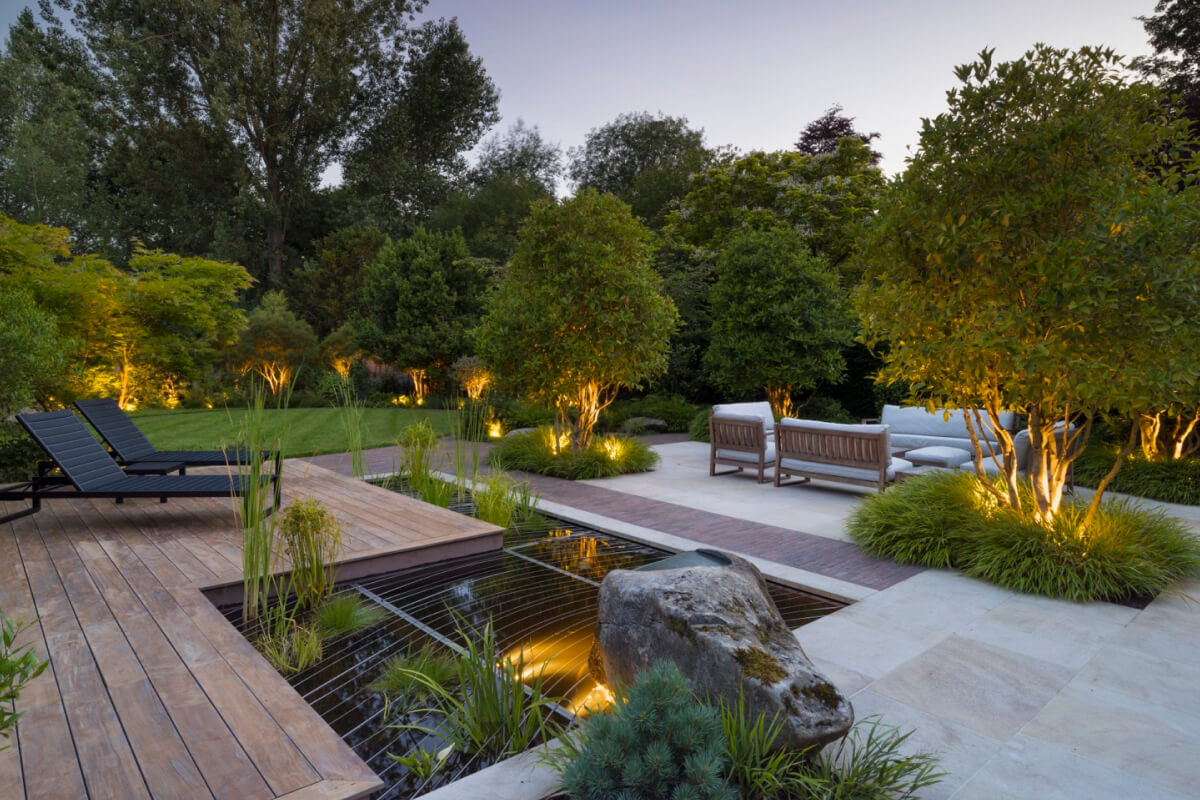
Benefits of Hiring a Garden Designer
Personalised Design That Reflects Your Style
Every garden should tell a story—your story. Professional garden designers excel at translating your personal style, preferences, and lifestyle into a cohesive outdoor design. Whether you dream of a contemporary minimalist space, a cottage-style haven, or a family-friendly entertainment area, they’ll create something uniquely yours.
Designers take note of your preferences and site conditions, ensuring that every detail is tailored to your needs and the unique characteristics of your garden.
This personalisation extends beyond aesthetics. Your designer considers how you actually use outdoor spaces. Do you love entertaining large groups? Prefer quiet reading corners? Need space for children to play? These lifestyle factors shape every design decision.
Professional Plant Knowledge for Year-Round Interest
One of the greatest advantages of working with a garden designer is accessing their extensive plant knowledge. They understand the subtle art of layering plants for continuous seasonal interest—spring bulbs giving way to summer perennials, followed by autumn colour and winter structure.
This expertise ensures your garden never looks bare or uninteresting. Instead of brief flowering periods followed by months of green monotony, you’ll enjoy carefully orchestrated displays that evolve throughout the year.
Improved Property Value and Kerb Appeal
Professional garden design represents an investment that typically returns between 15-20% of the project cost in added property value. Beyond the financial benefits, a well-designed garden creates powerful kerb appeal that makes your home stand out in the neighbourhood.
Quality garden design also creates outdoor ‘rooms’ that effectively extend your living space, something increasingly important as homeowners seek to maximise their property’s potential.
Sustainable and Low-Maintenance Solutions
Modern garden design embraces sustainability through water-wise plant choices, soil improvement, and wildlife-friendly features. Your designer will select plants suited to local conditions, reducing the need for artificial irrigation and chemical inputs.
Smart design choices also minimise maintenance requirements. This might involve selecting slow-growing plants for borders, installing automated irrigation systems, or creating mulched areas that suppress weeds naturally.
Designers value your feedback throughout the process, using your input to continually improve their services and ensure your satisfaction.
Landscape Considerations
Every successful garden design begins with a thorough understanding of the landscape. Garden designers carefully assess the size, shape, and orientation of your outdoor space, as well as the type of soil, local climate, and the architectural style of your house. These factors are essential in shaping a garden plan that feels cohesive and tailored to your property.
Hard landscaping elements—such as brick walls, stone patios, and pools—are used to define spaces, create structure, and add lasting value to the garden. The thoughtful placement of these features can transform even the most challenging sites into inviting, functional areas. At the same time, the selection and arrangement of plants, trees, and shrubs add texture, colour, and seasonal interest, while also supporting local wildlife.
By considering these landscape elements, garden designers create outdoor spaces that are not only visually stunning but also sustainable and practical. The result is a garden that enhances your quality of life, provides a haven for wildlife, and offers a seamless connection between your home and the natural world.
Sustainable Design
Sustainable design is at the heart of contemporary garden design, focusing on creating gardens that are both beautiful and environmentally responsible. Garden designers incorporate a range of sustainable practices, such as choosing native plants that thrive in local conditions, reducing water usage through efficient irrigation and drought-tolerant planting, and using recycled or locally sourced materials for hard landscaping.
Innovative features like solar-powered lighting and rainwater harvesting systems further reduce the environmental impact of your garden, making it more energy-efficient and self-sustaining. These thoughtful design choices not only help conserve resources but also create gardens that are resilient and easy to maintain.
The RHS Chelsea Flower Show has become a showcase for sustainable garden designs, highlighting creative ideas and new technologies that inspire both professionals and homeowners. By embracing sustainable design principles, garden designers ensure that your outdoor space contributes positively to the environment while providing a vibrant, healthy setting for you and your family to enjoy.
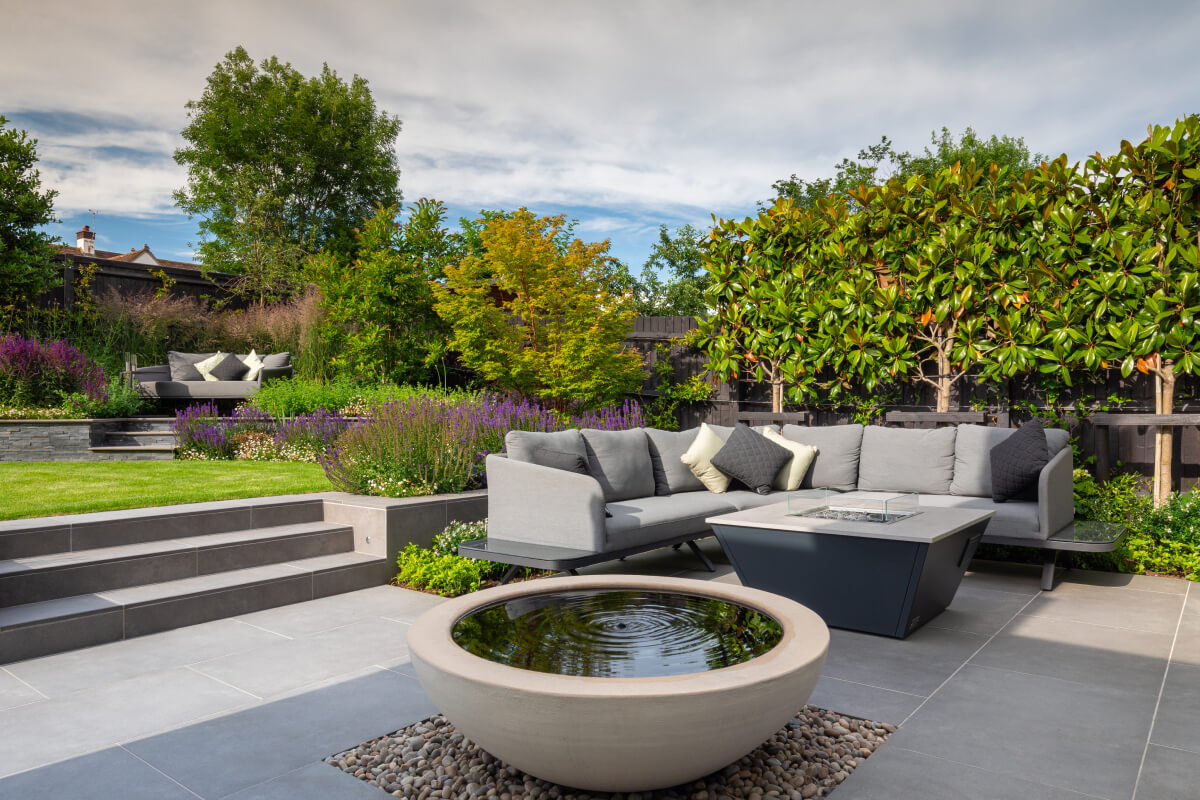
How to Choose the Right Garden Designer
Review Portfolios and Past Projects
A garden designer’s portfolio reveals their style range, quality standards, and problem-solving abilities. Look for diversity in their work—can they adapt their approach to different garden sizes, styles, and budgets? Pay attention to how their designs age; mature gardens in their portfolio demonstrate long-term thinking.
Effective marketing allows designers to showcase their work to a wider audience and attract new clients, so consider how they present their portfolio and past projects.
Don’t just focus on the prettiest images. Look for projects similar to your situation in terms of garden size, style, or challenges. This gives you confidence they understand your specific requirements.
Check Qualifications and Experience
Professional garden designers typically hold qualifications in horticulture, landscape design, or related fields. However, experience often matters more than certificates. Look for designers who’ve worked in your local area and understand regional growing conditions.
Visiting a designer’s studio can give you valuable insight into their creative environment and how they approach their work.
Ask about their experience with projects similar to yours. If you want a sustainable garden, choose someone with demonstrated expertise in eco-friendly design. For challenging sites, select a designer who’s successfully tackled similar problems.
Assess Communication and Understanding
The best garden designers are excellent listeners who understand your vision before imposing their own ideas. During initial consultations, notice whether they ask thoughtful questions about your lifestyle, preferences, and concerns.
Good communication continues throughout the project. At any point in the process, clear communication is essential for successful outcomes. Your designer should explain concepts clearly, involve you in key decisions, and keep you informed about progress.
Consider Their Approach to Sustainability
Modern garden design increasingly emphasises environmental responsibility. Ask potential designers about their approach to sustainable practices—do they prioritise native plants, consider wildlife habitat, and minimise environmental impact?
Sustainable design isn’t just environmentally responsible; it typically results in more resilient, low-maintenance gardens that perform better long-term.
Garden Design Construction
Our experienced team handles all implementation aspects, from earthworks and structural elements to planting and finishing touches. We coordinate different trades, manage timelines, and ensure quality standards throughout the process.
Regular communication keeps you informed about progress and allows for any necessary adjustments along the way.
Aftercare and Ongoing Support
Garden design doesn’t end with installation. We provide comprehensive aftercare advice and ongoing support to ensure your garden establishes successfully and continues thriving for years to come. Clients often discover surprising benefits as their garden matures and evolves, from unexpected blooms to new ways of enjoying their outdoor space.
Construction and Maintenance
Once your garden design is finalised, the next step is turning the vision into reality. This phase involves close collaboration between garden designers, builders, and other skilled professionals to ensure every detail is executed to the highest standard. Effective communication is key, and tools like Microsoft Teams help the project team stay connected, manage timelines, and address any challenges that arise.
Quality construction is essential for creating a beautiful garden that stands the test of time. From laying foundations for patios to installing planting beds and lighting, every element is built with durability and aesthetics in mind. After construction, regular maintenance—such as pruning, watering, and caring for plants—keeps your garden looking its best throughout the seasons.
The cost of construction and maintenance will vary depending on the size and complexity of your project, but careful planning and professional management help ensure your investment delivers lasting value. With the right team and ongoing care, your garden will continue to thrive, providing a stunning outdoor space that enhances your home and your lifestyle for years to come.
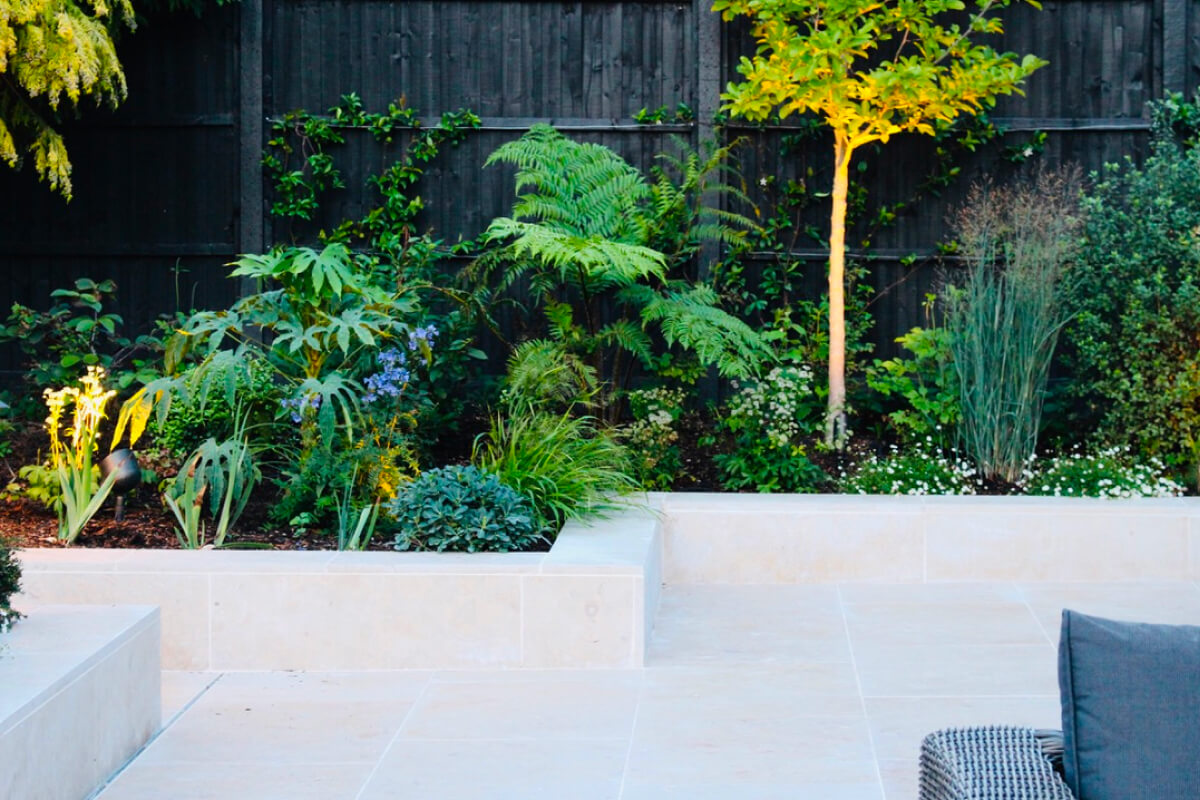
Popular Garden Design Trends
Current trends in garden design are shaping both small gardens and expansive landscapes, influencing how outdoor spaces are structured and enjoyed.
Wildlife-Friendly Gardens
Contemporary garden design increasingly emphasises supporting local wildlife through plant choices and habitat creation. This approach combines environmental benefits with natural beauty, creating gardens that buzz with life whilst providing year-round interest. Many award-winning gardens, including those that have received a gold medal at events like the RHS Chelsea Flower Show, showcase innovative wildlife-friendly features.
Wildlife-friendly design incorporates native plants that support local insects and birds, creates water features for drinking and bathing, and includes shelter through varied plant structures. The result is a dynamic, ever-changing garden that connects you more closely with nature.
Outdoor Entertainment Zones
Gardens are increasingly viewed as extensions of indoor living space, with dedicated areas for dining, relaxation, and entertainment. This trend involves creating outdoor ‘rooms’ with defined purposes—perhaps a dining terrace near the kitchen, a quiet seating area surrounded by fragrant plants, or a fire pit zone for evening gatherings.
These spaces require careful planning to ensure comfort, privacy, and weather protection whilst maintaining integration with the overall garden design. Well-designed entertainment zones can enhance both intimate gardens and large-scale landscapes.
Edible Gardens and Kitchen Planting
Growing your own food has never been more popular, and modern garden design seamlessly incorporates edible elements without compromising aesthetics. This might involve dedicated vegetable plots, fruit trees integrated into ornamental borders, or herb gardens positioned conveniently near the kitchen.
Contemporary kitchen gardens emphasise both productivity and beauty, using attractive varieties and creative layouts that make edible gardening part of the overall design story.
Minimalist and Low-Water Designs
Water-wise gardening combines environmental responsibility with striking contemporary aesthetics. These designs emphasise drought-tolerant plants, mulched surfaces, and hardscaping elements that create impact with minimal water requirements. Understanding the matter—such as soil composition and natural elements—is crucial for the success of sustainable and minimalist gardens.
The minimalist approach focuses on fewer plant varieties used more boldly, creating calm, uncluttered spaces that require less maintenance whilst delivering maximum visual impact.
Tips for Implementing These Trends
- Choose native plants suited to your local matter and climate.
- Incorporate layered planting and water features to support wildlife.
- Use hardscaping to define outdoor rooms in both small gardens and larger landscapes.
- Select drought-tolerant species for low-water, minimalist designs.
Key Questions to Ask Your Garden Designer
“How Will You Adapt the Design to Suit My Lifestyle?”
This question reveals whether your designer truly understands that gardens must work for the people who use them. Listen for responses that demonstrate they’ve considered your entertaining habits, maintenance preferences, family requirements, and how you actually spend time outdoors.
Assess Communication and Understanding
Clear communication is essential for a successful project. Make sure your designer uses the right word and professional terminology to convey ideas effectively, ensuring you both understand the vision and details of the design.
“What Plants Will Provide Year-Round Interest?”
A knowledgeable garden designer should easily explain their plant choices and how different species work together across seasons. They should describe not just flowers, but also foliage, bark, berries, and structural elements that maintain interest throughout the year.
“How Do You Approach Sustainability in Garden Design?”
This question assesses their commitment to environmentally responsible practices. Look for responses covering water conservation, soil health, wildlife support, and long-term sustainability rather than just superficial ‘green’ trends.
“What’s Your Process for Managing Projects and Timelines?”
Understanding their working methods helps set realistic expectations and ensures smooth project delivery. Ask about communication frequency, how they handle unexpected challenges, and their approach to quality control throughout the process.
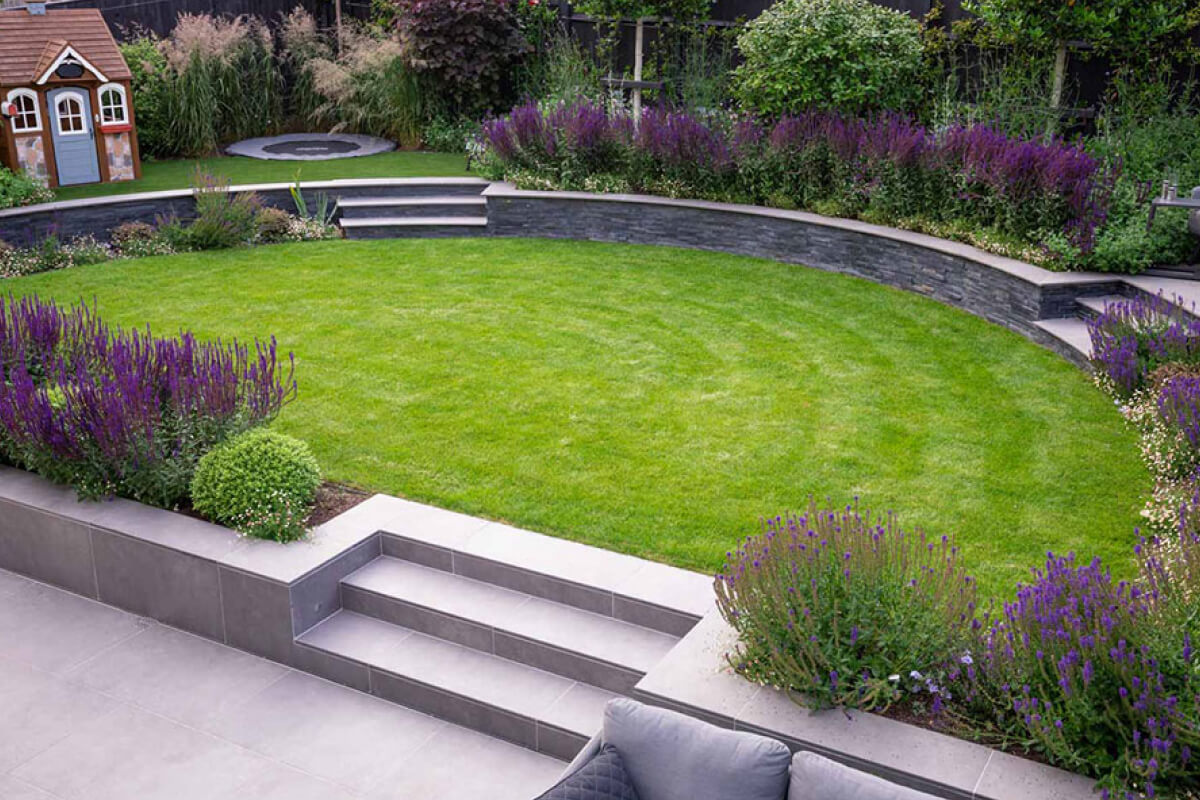
Creating Your Dream Outdoor Space
Professional garden design transforms more than just your outdoor space—it changes how you experience and enjoy your property. The combination of creative vision, horticultural expertise, and practical problem-solving creates gardens that enhance daily life whilst adding lasting value to your home.
The investment in quality garden design pays dividends through reduced maintenance, increased property value, and most importantly, a space that brings genuine joy and relaxation to your everyday routine. Whether you’re looking to create a peaceful retreat, an entertainment venue, or a productive growing space, professional expertise ensures your garden dreams become reality.
At Landesigns, we understand that every garden tells a unique story. Our comprehensive approach combines your vision with our expertise to create outdoor spaces that perfectly reflect your lifestyle whilst embracing sustainable, beautiful design principles.
Frequently Asked Questions
What does a garden designer do?
A garden designer plans the layout, planting, and overall style of your outdoor space, creating a design that’s both beautiful and practical. They combine creative vision with horticultural knowledge to transform your garden into a space that reflects your lifestyle whilst adding value to your property. Many designers also use digital planning tools that feature drag-and-drop functionality, making it easy to visualise and adjust your garden design.
How much does it cost to hire a garden designer?
Costs depend on the size and complexity of the project, ranging from consultation fees for design advice to comprehensive packages including full implementation.
Can a garden designer make my garden low-maintenance?
Absolutely. Professional designers excel at creating beautiful gardens that require minimal upkeep. We achieve this through careful plant selection, smart layout choices, and incorporating features like automated irrigation systems. The result is a stunning garden that fits your available time for maintenance.
How long does the garden design process take?
Timeline varies depending on project complexity, but most designs are completed within 2-4 weeks from initial consultation. Implementation timing depends on garden size and scope, with most projects completed within 4-8 weeks.